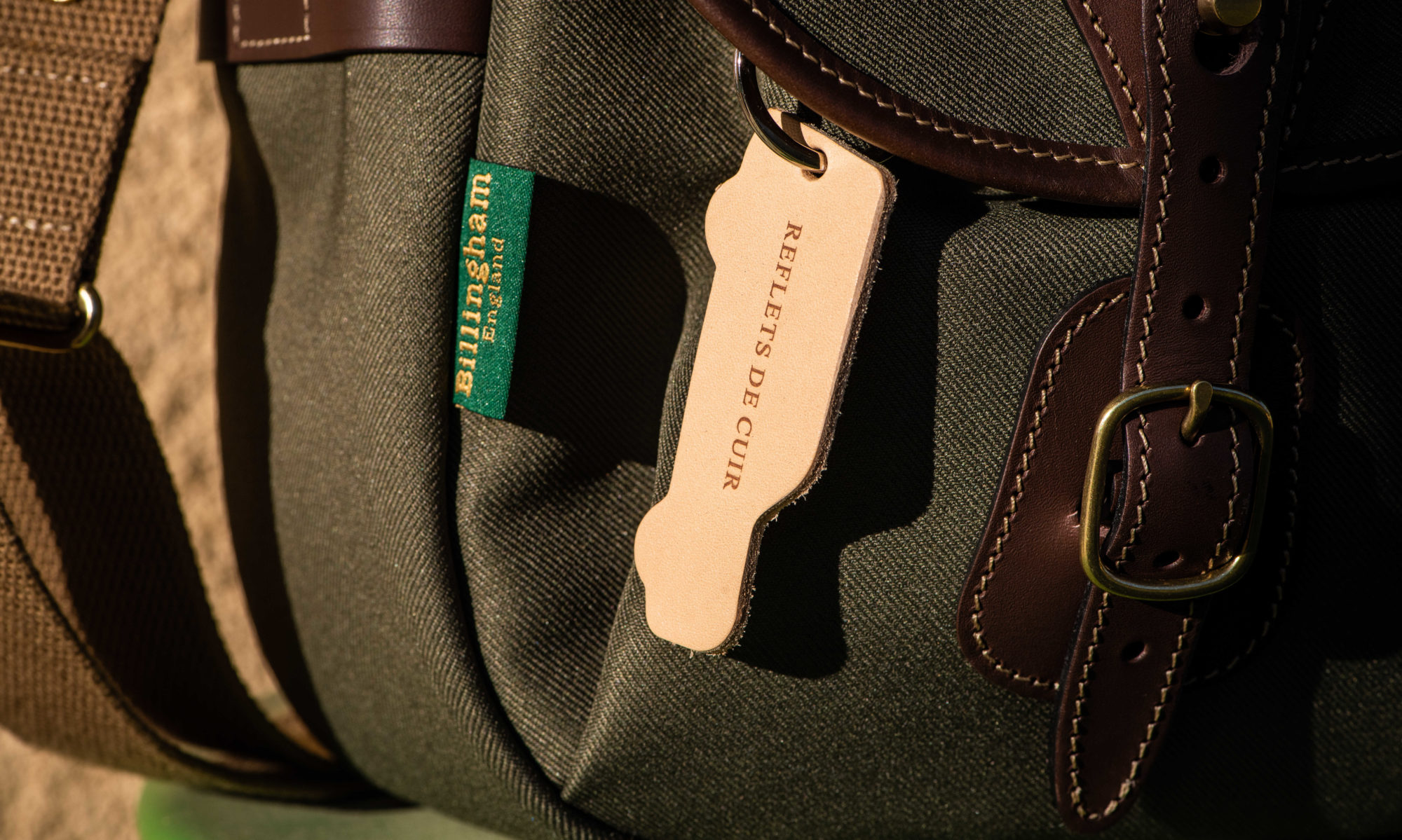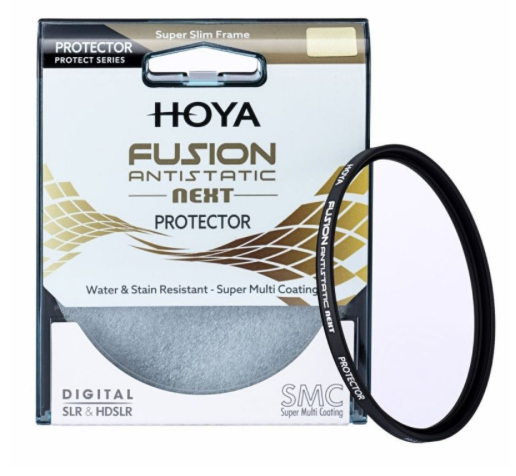In this instance I’m not considering colored filters – pretty much useless since modern digital treatment of color images, but still quite useful for black and white film.
No, here I’m more concerned with protection for the front element of the lens. The front element has several coatings to protect it from spray, reduce internal reflections in the lens etc. but an important factor, IMHO, is physical ‘abuse’.
Anyone can fall over, or have objects projected against the lens and for a few €uros I think a protective filter is worth the effort.
Protection for your front lens element…
There are (obviously) people who refute this, saying that yet another glass-to-air surface between the world and the image sensor is just calling for additional reflections and a general reduction in image quality (IQ)
I’d be inclined to agree with cheap and cheerful ‘UV’ (Ultraviolet) filters, but nowadays the decent manufacturers (Hoya for example) know better than to chuck any old glass into a round frame and call it a filter. Modern protective filters are multicoated on both sides and manufactured from high quality materials – in addition the mounts are getting thinner and thinner.
It’s common to use a circular polariser and a neutral density filter together, but. adding too much ‘thickness’ on the front of the lens used to be a problem – these thinner filter mounts cause a lot less of a problem with the ‘vignette’ effect of stacking filters on, for example, wide-angle lenses.
There are obviously some exceptions to this ‘rule’ – extreme wide angle lens often have domed front elements which prevent using filters – this said, the lens designers seem to be coming to their senses and these are getting much less common.
Fish-eye lenses are another ‘speciality’ lens with a very pronounced front element…but I’m not going there!
My advice, use a protective filter – and save the front elements of your lenses.

